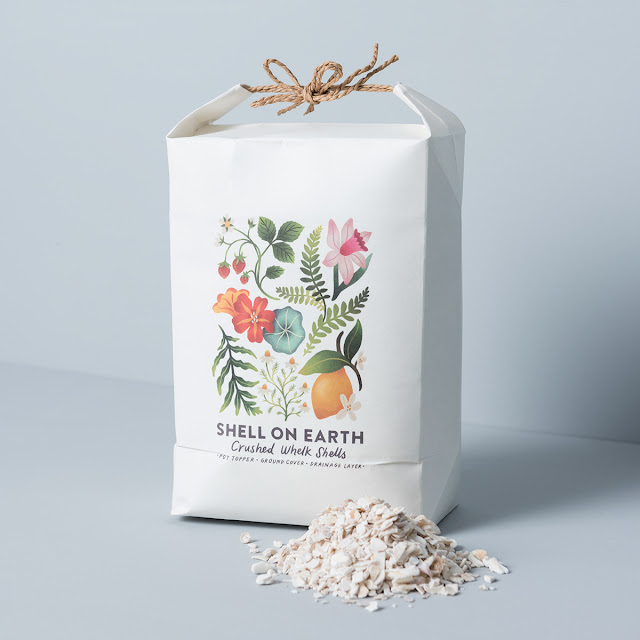Botanical Packaging is Estimated to Witness High Growth Owing to Growing Environmental Concerns
 |
| Botanical Packaging Market |
Botanical packaging involves
using various plant-based materials like corn starch, wheat starch, soy
protein, bamboo, bagasse as raw materials for manufacturing boxes, cartons,
bags and wrapping films for packaging applications. These biodegradable
materials offer attractive sustainability advantages over traditional
petroleum-based plastics. Botanical packaging finds widespread application in
food, beverage, pharmaceutical, personal care and homecare industries for
primary, secondary and tertiary packaging needs. The global botanical packaging
Market is estimated to be valued at US$ 138.24 Bn in 2023 and is expected to
exhibit a CAGR of 34% over the forecast period 2024 to 2031.
Market Dynamics:
Growing environmental concerns
about the menace of plastic pollution have been fuelling adoption of
sustainable packaging alternatives globally. One of the key drivers for
botanical packaging market is the stringent government policies and regulations
being introduced worldwide to curb plastic waste generation and promote use of
eco-friendly biodegradable materials for production of packaging products.
Botanical polymers offer renewability, biodegradability and compostability
which helps reduce carbon footprint. Hence consumer preference for sustainable
packaging made from natural and plant-derived materials is another pivotal
factor boosting demand for botanical packaging solutions. Brand owners are
increasingly opting for botanical packaging for their environment-friendly
image and marketing appeal. However, high production costs for botanical
polymers compared to traditional plastics could limit widespread adoption.
Ongoing R&D investments in advanced biomaterials and production
technologies are expected to make botanical packaging more commercially viable
over the forecast period.
SWOT Analysis
Strength: Botanical packaging has
gained popularity as a sustainable packaging material over the past few years.
It has natural properties like recyclability and biodegradability which appeals
to environmentally conscious consumers. As it is plant-based, it reduces
dependence on plastics. Many companies now aim to replace plastics with greener
alternatives to meet sustainability goals.
Weakness: Botanical packaging is
more expensive to produce than traditional plastics currently. The costs may
reduce as production scales up but it is still higher than plastics. There can
be inconsistencies in the quality of plant-based materials compared to plastics
which are more uniform.
Opportunity: With rising
awareness about plastic pollution and push for circular economy, demand for
sustainable alternatives is growing. Many countries have proposed bans on
single-use plastics providing a huge market opportunity for green packaging
solutions. The e-commerce industry packaging requirements are surging rapidly
offering new avenues.
Threats: Unpredictable raw
material supply and price fluctuations can impact the botanical packaging
industry. Agricultural commodities used vary as per climate conditions posing
risks. Strong incumbency of plastic packaging players can slow the market
adoption of botanical options unless regulatory support is provided.
Key Takeaways
The Global
Botanical Packaging Market Size is expected to witness high growth over
the forecast period of 2024 to 2031. With an estimated CAGR of 34%, the market
size is projected to jump from US$ 138.24 Bn in 2024 to over US$ 1 trillion by
2031 reflecting increasing preference for sustainable materials.
Regional analysis: Asia Pacific is currently the fastest growing
and also the largest regional market for botanical packaging accounting for
over 35% share in 2024. Countries like India, China and Indonesia offer a huge
production base for plant-based commodities and a fast expanding retail
industry driving greater packaging needs. Europe and North America are other
major markets where sustainability regulations are facilitating adoption.
Key players: Key players operating in the botanical packaging
market are Acacia Communications, fSONA Networks, LightPointe Communications,
Plaintree Systems Inc., Trimble Hungary Kft.(Eos Positioning Systems), Wirepas
Ltd.,Aoptix Technologies Inc., NEC Corporation, Signify Holding (formerly
Philips Lighting), Wireless Excellence Limited (CableFree). Companies are
investing in R&D to develop innovative material blends, customized formats
and improve processing technologies to make botanical options more commercially
viable against plastics.
Get More Insights Here
https://www.pressreleasebulletin.com/botanical-packaging-market-size-share-growth-outlook-2023/



Comments
Post a Comment